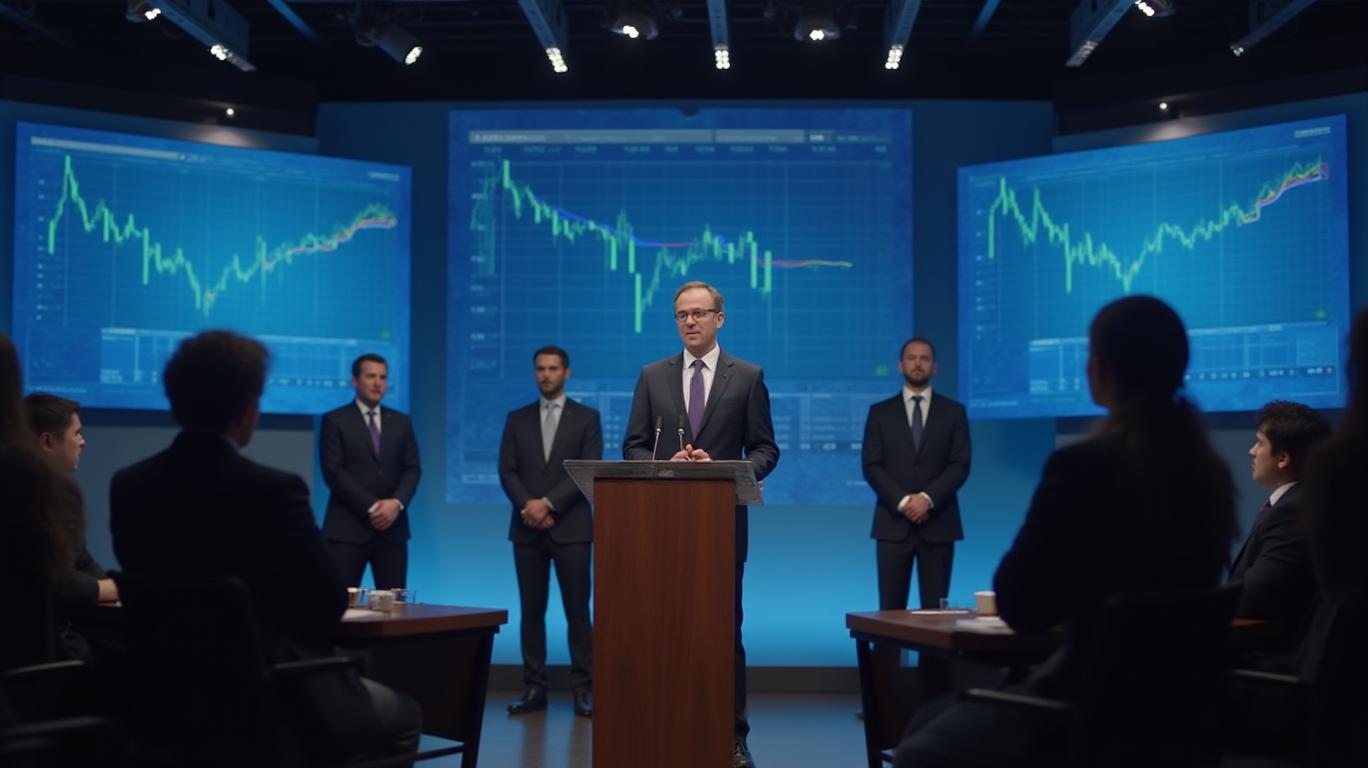Gilead's Mixed Q1 Results: A Dip in the Pandemic Drug, But HIV and Pipeline Offer Steady Ground
Gilead Sciences (GILD) opened the year on a cautious note, with its first-quarter 2025 results revealing flat revenue and a sharp decline in sales of its pandemic-era blockbuster, Veklury. Yet, beneath the headline numbers lies a company strategically pivoting toward its HIV and liver disease franchises, while its pipeline teeters on critical regulatory milestones. For investors, the question remains: Is this a buying opportunity in a stock that’s stumbled, or a warning sign of deeper vulnerabilities?
The Pandemic Hangover: Veklury’s 45% Drop
The immediate culprit for Gilead’s muted performance is clear: Veklury, the antiviral once hailed as a lifeline during the pandemic, saw sales collapse to $302 million in Q1 2025—down from $552 million in the same period last year. As global demand for pandemic treatments wanes, this decline is no surprise. But the broader concern is that Veklury’s drop highlights Gilead’s reliance on its HIV franchise, which now accounts for 69% of total revenue.
The HIV Engine: Steady Growth Amid Headwinds
Gilead’s HIV portfolio, led by Biktarvy and Descovy, remains its financial bedrock. Biktarvy grew 7% to $3.1 billion in Q1, while Descovy surged 38% to $586 million, driven by pricing hikes and expanding use in HIV prevention. The real wildcard is lenacapavir, a next-gen HIV drug with a June 19 FDA decision date for twice-yearly prevention. If approved, its once-yearly dosing could dominate long-acting therapies, potentially adding $2–3 billion in annual sales by 2030.

The Oncology Crossroads: Trodelvy’s Struggles vs. Pipeline Hope
The oncology division, meanwhile, is a mixed bag. Trodelvy, Gilead’s star breast cancer drug, saw sales dip 5% to $293 million due to inventory adjustments and pricing pressures. Competitors like Immunomedics (now part of Gilead) and others are crowding the market. However, positive Phase 3 data for Trodelvy combined with Keytruda—a combo that improved progression-free survival—could open new markets. Analysts estimate this combination could generate $1.5 billion in peak sales, if approved.
The Liver Portfolio: Quiet Strength
In liver disease, Gilead’s portfolio grew 3% to $758 million, buoyed by demand for treatments in hepatitis B and delta. The EU’s conditional approval of seladelpar for primary biliary cholangitis (PBC) in March 2025 adds another revenue stream. Still, older hepatitis C drugs continue to drag down pricing, limiting growth.
Cash, Dividends, and Discipline: A Safety Net?
Gilead’s financial health remains robust. Despite a $1.1 billion cash burn in Q1, it ended March with $7.9 billion in cash, and its $0.65 quarterly dividend—supported by a $6.7 billion free cash flow forecast—gives investors stability. The company’s focus on debt reduction and share buybacks ($730 million repurchased in Q1) signals confidence in its ability to weather near-term headwinds.
Risks on the Horizon
- Regulatory Hurdles: Lenacapavir’s June PDUFA date and Trodelvy’s combo data are “make-or-break” moments. A rejection or soft data could derail momentum.
- Oncology Competition: Tecartus’ 22% sales drop and Yescarta’s U.S. sales decline highlight the fragility of its oncology division.
- HIV Overhang: While HIV is a cash cow, generic threats to older drugs like Truvada could eventually pressure margins.
The Bottom Line: A “Safe Haven” in Volatile Markets?
Gilead’s Q1 results are a reminder of its reliance on HIV—and its vulnerability to pipeline execution. Yet, its fortress-like balance sheet, dividend stability, and the potential of lenacapavir and Trodelvy’s combo argue for its “safe haven” status.
Consider this: GILD trades at 10.5x forward earnings, a discount to its five-year average of 12.8x, and its HIV franchise alone is valued at ~$20 billion annually. If lenacapavir wins FDA approval, the stock could rebound sharply. Even without it, the company’s cost discipline and steady cash flows make it a conservative play in a sector rife with volatility.
For investors seeking stability in biotech, Gilead isn’t dead—it’s evolving. And with a PDUFA date looming in June, the next few weeks could decide whether this dip is a buying opportunity or a warning to retreat.
Final Take: GILD’s stumble is real, but its HIV dominance and pipeline promise make it a “safe haven” for long-term investors. Watch the June 19 lenacapavir decision closely—the FDA’s verdict could redefine its trajectory.



_23f7f7eb1749627884277.png)






